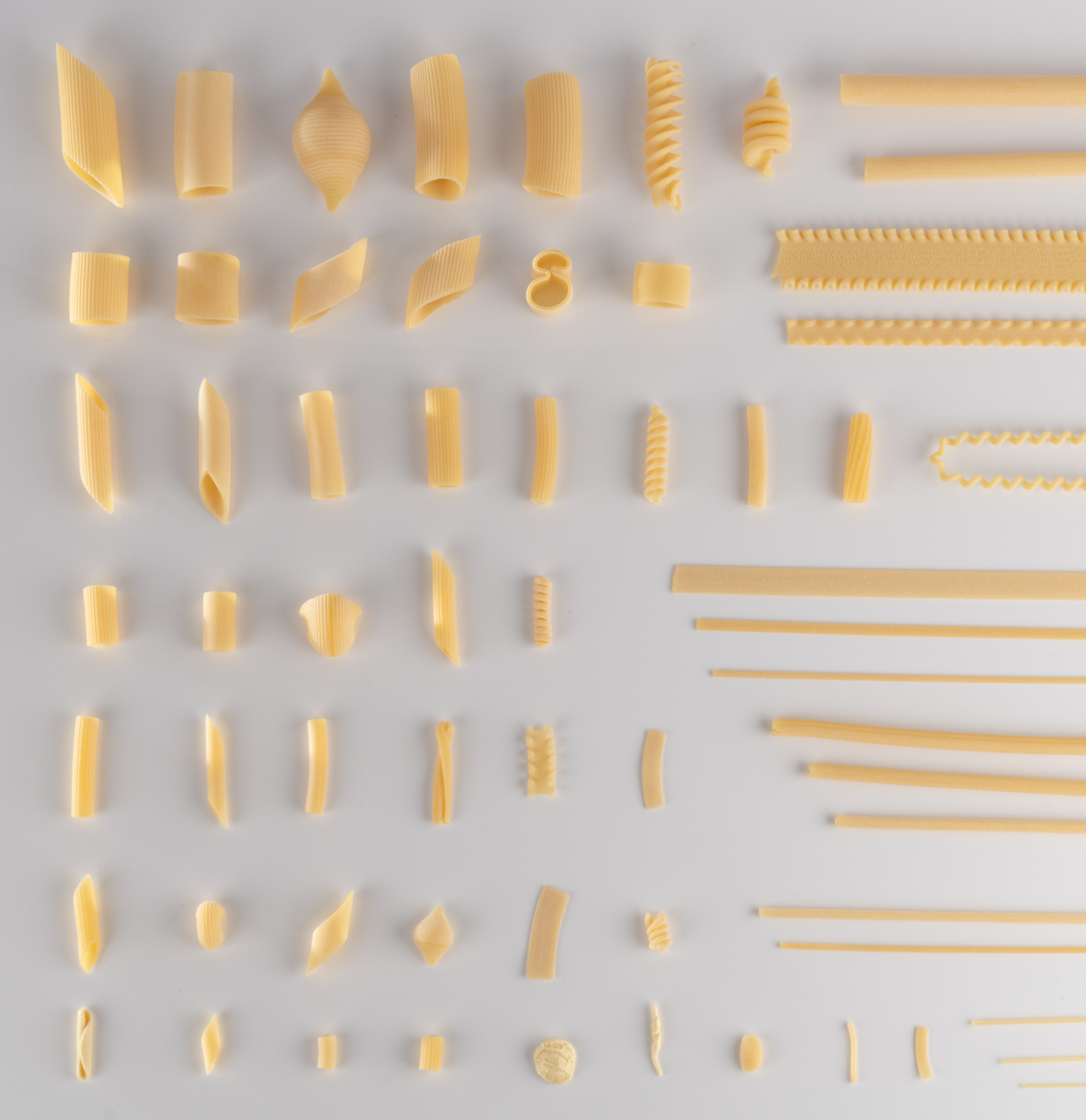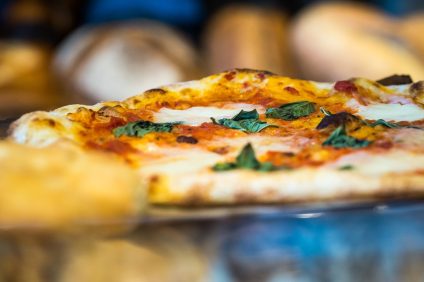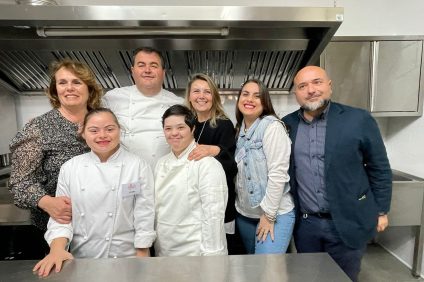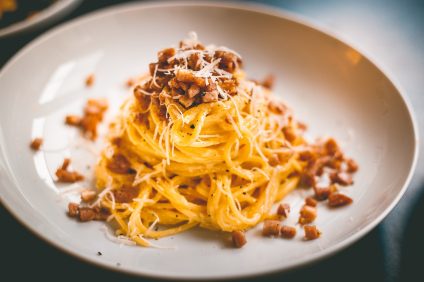Article by Matteo Donelli

Durum wheat semolina, the real heart of pasta. And then the pasta maker.
His hand and his heart.
Unfortunately, however, they are often not enough for him to understand where his main ingredients come from. And then there is the final consumer. What kind of pasta does it get on your table?
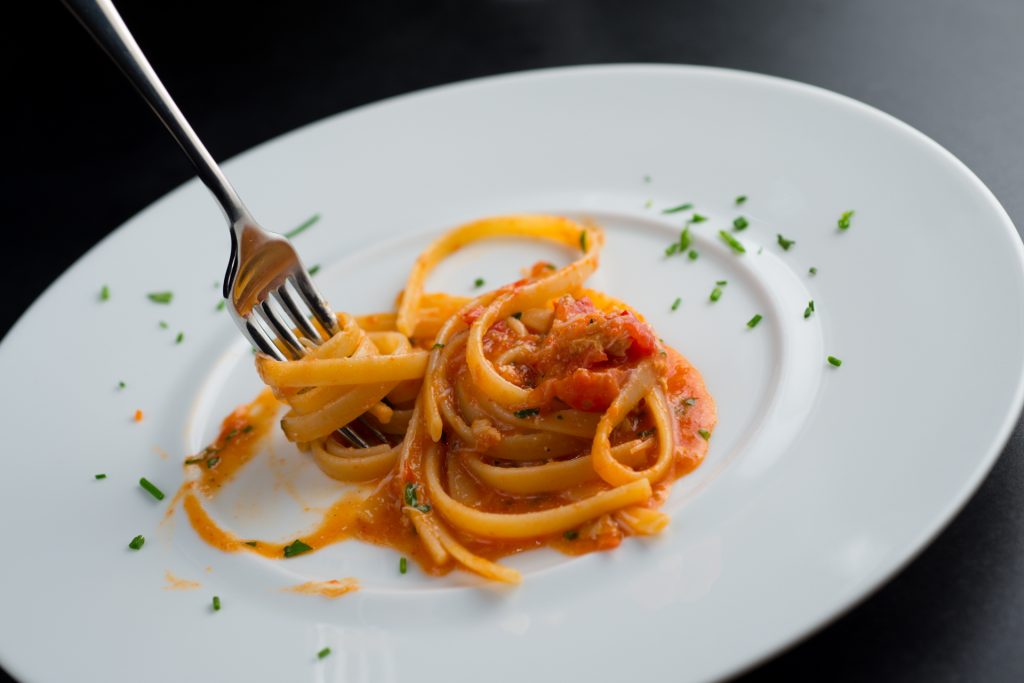
In the heart of southern Italy, at the end of the nineties, Giuseppe Di Martino, a pasta maker for three generations in Gragnano, began to forge his project: Pastificio dei Campi.
A project that is formed thanks to a different perspective of analysis compared to other producers, that is to embody the need of the final consumer to know the origin of the supply chain of what he eats.
Puglia, more precisely the Tavoliere area and the sub Apennine Dauno, areas historically suited to the cultivation of durum wheat, as the basis of the project.
A durum wheat with high nutritional values, grown without the use of chemical fertilizers. The wheat of the past. The one used since the times of the Kingdom of Naples.
The young Di Martino wanted to tell an exciting story to his consumers, that they did not necessarily have to have the noble descendants of the court of the King of Naples; transfer to the tables of all Italians today the authentic flavors of a pasta made following traditions with over 500 years of history. A truly titanic enterprise, if conceived in the nineties, already fully dominated by the industrial mentality and high production.
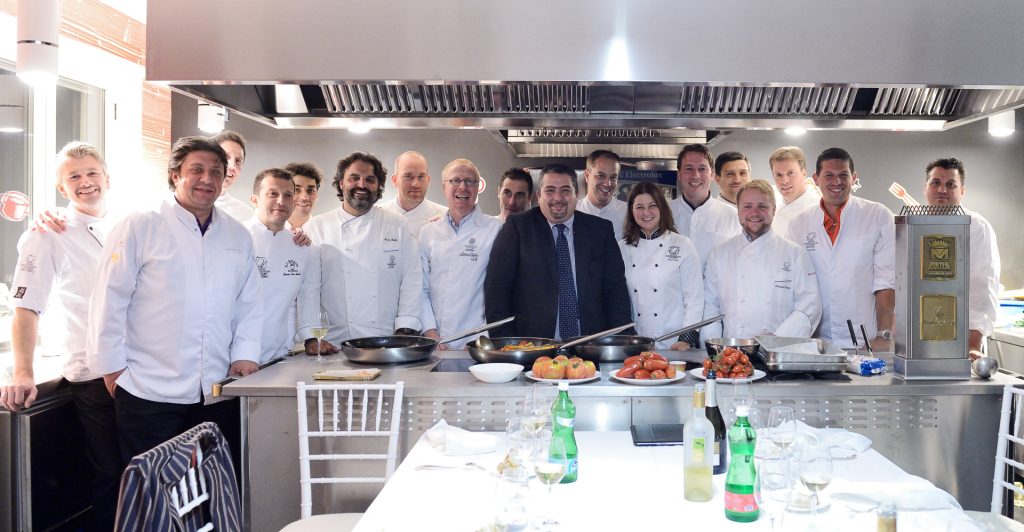
The keystone was all there, in the production of durum wheat semolina.
Bringing the hand of time back centuries and returning to the three-year rotation of crops, a well-known technique that avoids the impoverishment of the soil due to monoculture, an extraordinary raw material would have been obtained.
Vegetable crops (fallow) are grown for one year and protein legumes for one year. As is known, the latter have the ability to fix the nitrogen contained in the atmosphere in the roots of the plant, so that it can be exploited the following year by the wheat.
The third year, wheat is grown.
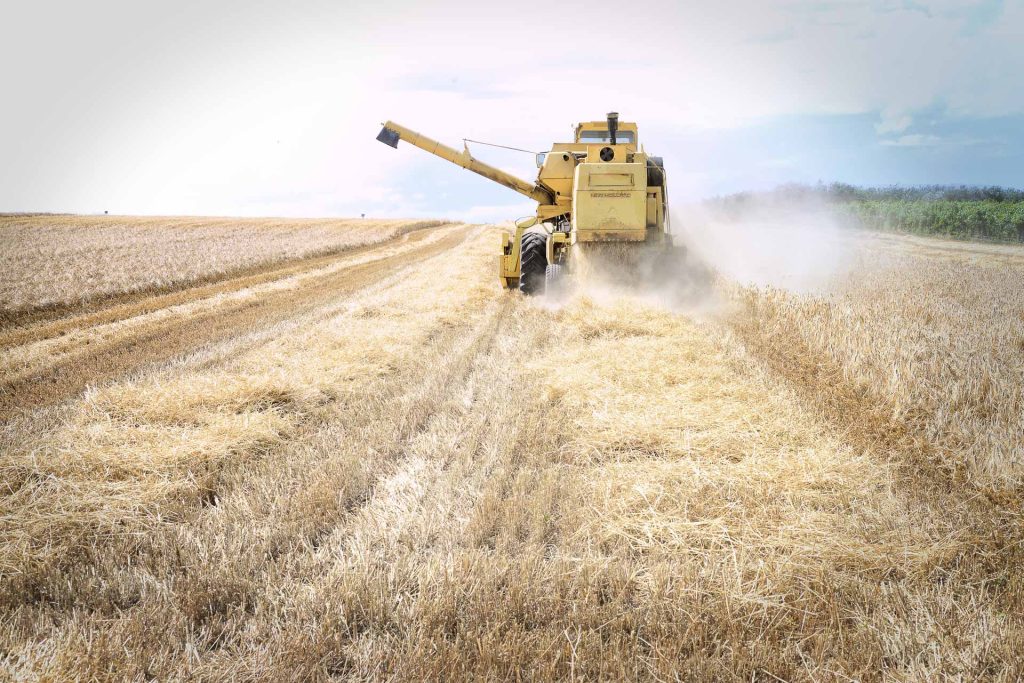
The processing takes place with light plowing and more nitrogen fertilizations, the first in sowing, the second in the raising phase and the last in the barrel (this is the moment when the plant begins to produce the ear). In addition, the sowing is very spaced out so that the seedlings absorb a greater amount of nutrients and nitrogen.
Nitrogen is the chemical element behind the formation of proteins. In this way the wheat obtained is in smaller quantities, but of very high quality, with a very deep color, with a much higher protein content than durum wheat grown with the usual methods. In fact, the grain reaches a protein content of 15-15,5%, to give a semolina with 14% protein.
But to do this it was first of all necessary to convince the farmers to work with low yields - and low earnings, giving up the intensive cultivation very popular at the time - and unfortunately even today. The agreement was found, thanks to a salary that did not take into account the actual wheat harvest and that also guaranteed the payment of the crops destined for alternative crops.
The Pastificio dei Campi has focused on the use of only some types of durum wheat such as Saragolla, Gracale, Kore, Pietrafitta.
The durum wheat, 100% Italian organic, gives us all the security that the origin at limited kilometers can give. It is enriched with proteins during cultivation, reaching a much higher protein value than wheat grown with usual methods. The proteins form the gluten, an elastic texture that gives consistency to the pasta and wraps the starch retaining it during cooking, to give us a product with excellent cooking resistance, which always remains “al dente”.
The climate, that is hot, windy and not very humid, contributes to the quality of wheat growth, which would absolutely disadvantage the formation of molds and therefore of mycotoxins.
Furthermore, the tenacity and quality of gluten in Italian grains are much higher than in foreign grains.
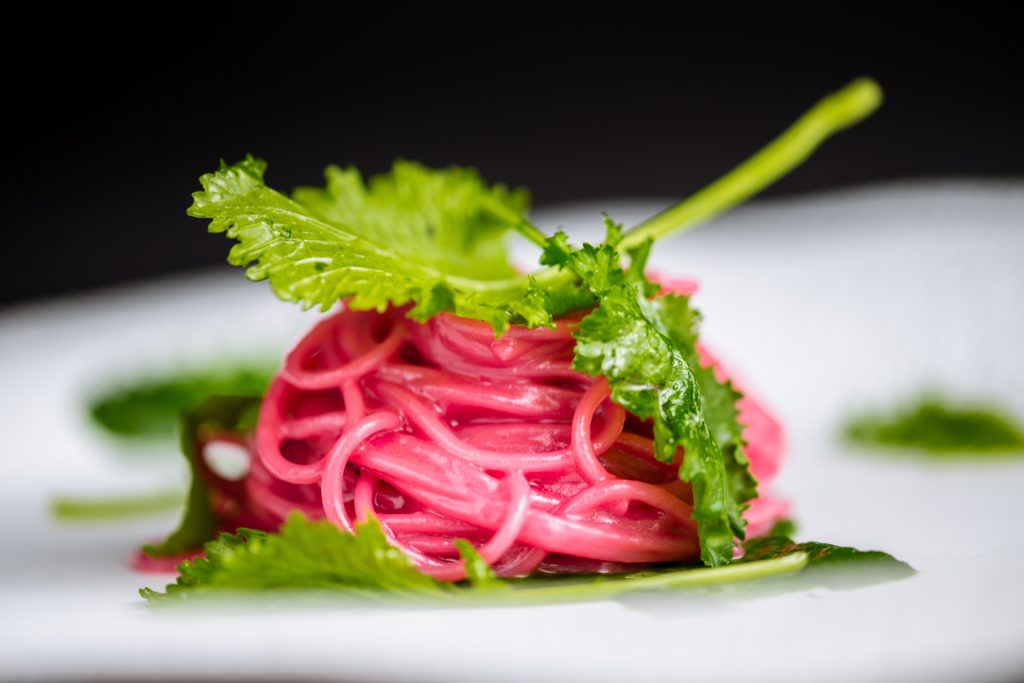
A further important element is the Gragnano water.
Ideal for pasta making, because it is perfect for mixing. Its flavor does not create interference: the taste feels very good all the flavor of ripe wheat and nothing else.
Then there is the bronze die to make the pasta wrinkled, capable of retaining the sauce. The slow drying at low temperatures allows to preserve the anthocyanins (natural dyes, which with these temperatures do not alter and the pasta remains white, without turning yellow), the nutrients and the gluten and maintain the aroma and flavor at best.
The experience handed down from father to son is another key element.
In Gragnano, pasta has been made since the sixteenth century and all this knowledge, accumulated over the centuries is constantly studied and preserved in the first person by Giuseppe Di Martino.
Search the historical archives of the mills of the past for documents on the production of the past; read, get informed, talk with the farmers to understand the potential of a production quality that has often been overturned by the demand for massive and low-quality productions.
A painstaking, meticulous and often difficult activity that of Giuseppe Di Martino. The driving force behind this incredible entrepreneurial drive is the desire to give consumers the emotion of the flavors of the past.
Pastificio dei Campi with its products brings to the table first of all the safety of a totally traced supply chain and, then, the emotion of a pasta as much as possible equal in flavor to that tasted for centuries by the Neapolitan people.
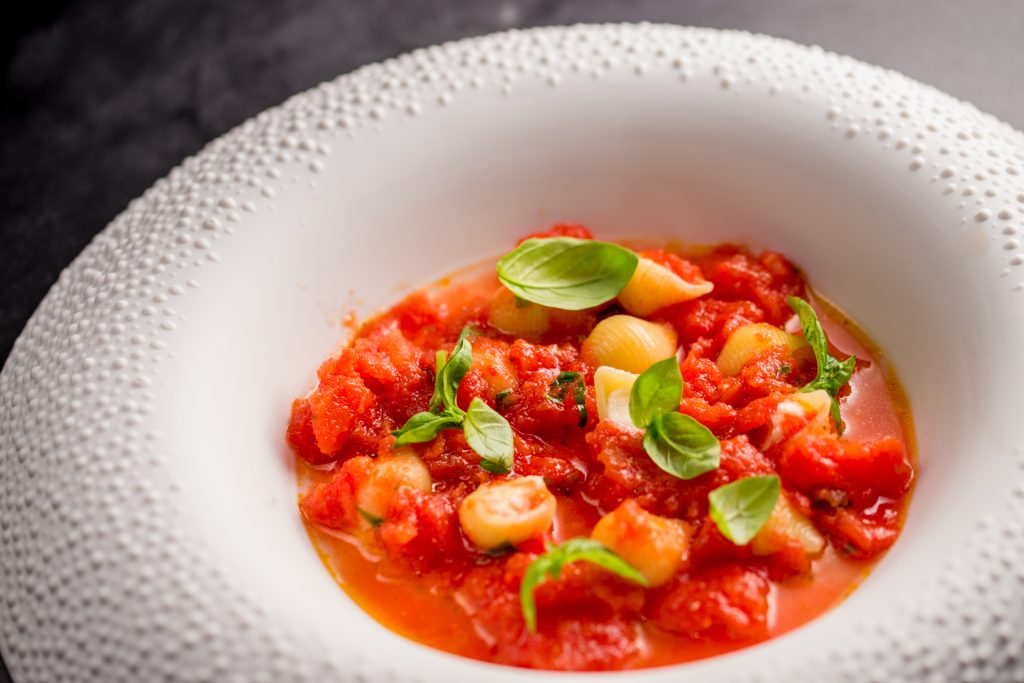
In the early days, the project of the Pastificio Dei Campi was greeted with a certain skepticism by the Di Martino family, especially by their father, Don Valerio, who considered superfluous the work done by his son Giuseppe to try to improve an already excellent product such as pasta di Gragnano produced by the family business.
But one Sunday, during the usual family lunch, Giuseppe Di Martino brought a package in a neutral bag of his first pasta shape produced at the Pastificio dei Campi, the long fusilli pasta with a hole.
With the complicity of the mother, they served them at the table and the father, with complete satisfaction, commented: “Have you seen my son, where do you find a good pasta like this? It's impossible to do better! "
At that point, Giuseppe revealed the truth to his father, namely that that plate of pasta he had just tasted was the result of his research and his work. Thus began the dream of the Pastificio dei Campi.




